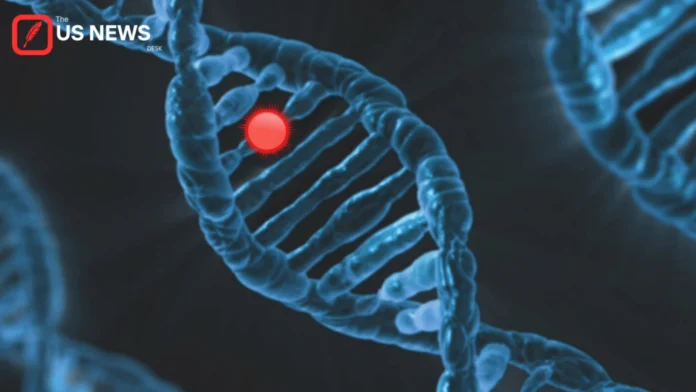Arizona authorities have announced a major breakthrough in a decades-old sexual assault investigation, revealing that DNA collected in a 1994 case has linked one man to four additional unsolved assaults. The development highlights the transformative role of forensic science in delivering justice long delayed.
A Breakthrough Decades in the Making
Law enforcement officials confirmed this week that DNA from a 1994 sexual assault case in Phoenix matched evidence preserved from four other unsolved assaults across Arizona. The suspect, whose name is being withheld pending formal charges, had never previously been tied to the crimes.
Authorities credited advancements in DNA testing technology and the meticulous preservation of evidence for finally connecting the cases.
“This outcome underscores the power of DNA testing and the critical role of our crime lab in bringing long-delayed justice,” said one spokesperson from the Arizona Department of Public Safety.
The 1994 Assault: A Case That Never Went Cold
In 1994, a woman reported being sexually assaulted in Phoenix. Investigators collected biological evidence at the time, but the technology available in the mid-1990s was limited. While the evidence was preserved, the case went unsolved for nearly three decades.
As forensic methods advanced, cold case investigators reopened the file. When the DNA was reprocessed, it revealed a direct match not only to the original suspect but also to evidence recovered from four other unsolved sexual assaults committed in the same era.
Connecting the Dots: Four More Victims Identified
Investigators say the additional cases span different parts of Arizona and involve women who had reported assaults with similar patterns. The crimes shared distinct characteristics, suggesting the same perpetrator.
The DNA match finally provided the missing link investigators had sought for years. Authorities believe the evidence may tie the suspect to additional assaults not yet confirmed, and further reviews of unsolved cases are underway.
A Victory for Survivors and Justice
For survivors, the announcement represents both closure and validation after years of unanswered questions. Advocacy groups emphasize that while forensic breakthroughs cannot undo trauma, they reaffirm the importance of believing victims and prioritizing cold case work.
The Arizona Sexual Assault Resource Center released a statement praising the investigators’ persistence:
“This development proves that no victim should feel forgotten. Every piece of evidence matters, and every survivor deserves justice—no matter how long it takes.”
The Broader Role of DNA in Solving Crimes
Over the past two decades, DNA evidence has revolutionized criminal investigations. According to the National Institute of Justice, DNA testing has helped exonerate the wrongly convicted and identify perpetrators in thousands of cases once thought unsolvable.
Cold case units across the country have increasingly relied on DNA technology, sometimes combined with genealogy databases, to close decades-old cases. Arizona’s recent breakthrough reflects this broader trend.
What Comes Next
Authorities are preparing to bring charges against the suspect and expect the legal process to be lengthy given the number of cases involved. Investigators are also encouraging anyone who believes they may have information related to assaults in the 1990s to come forward.
The development also strengthens calls for more investment in crime labs, ensuring that forensic evidence is processed quickly and preserved properly.
For now, Arizona law enforcement officials are framing the announcement as both a victory for survivors and a warning to offenders: crimes may go unsolved for years, but DNA evidence can bring accountability decades later.
Conclusion
The linkage of a 1994 sexual assault case to four additional unsolved crimes through DNA evidence demonstrates not just scientific progress, but also the enduring pursuit of justice. For survivors, families, and communities, the breakthrough sends a powerful message: time may pass, but justice can still prevail.




